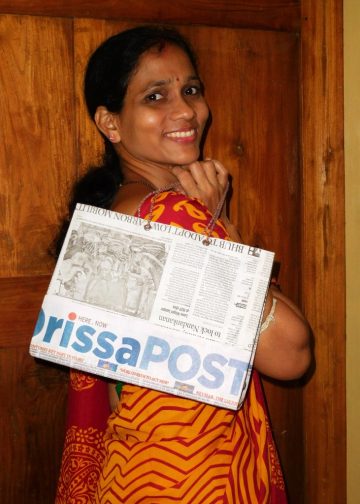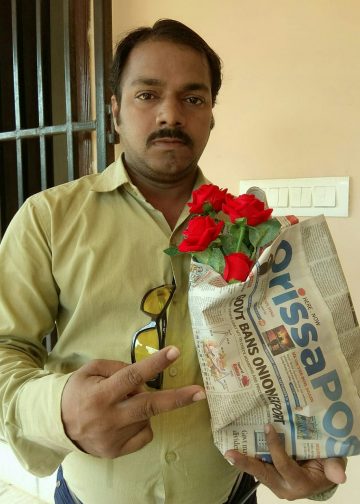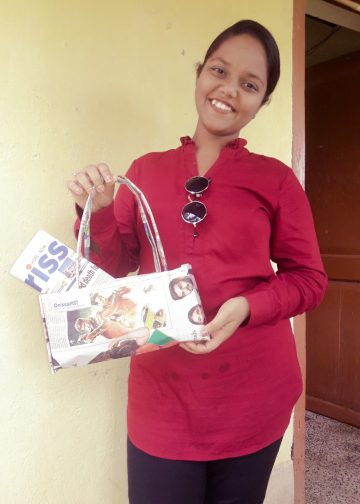Post News Network
Kendrapara, March 16: Over four lakh endangered Olive Ridley turtles have laid eggs in last five days at Nasi-I and Nasi –II islands of Gahirmatha marine sanctuary.
According to Subrat Kumar Patra, ranger of the sanctuary, the mass nesting phenomenon would continue in the next two-three days.
As many as 10,671 female turtles laid eggs at the sanctuary last Thursday, while about 69,723 female turtles laid eggs Friday. About 1, 67, 041 Saturday; 1,15,100 Sunday and 40,811 turtles laid eggs Monday, Patra said.
During daytime, the turtles remain on coast due to heat, whereas during the evening hours they start coming in en masse for laying eggs, he added.
Female turtles tend to move towards the beaches in large synchronised concentrations. They cover the nests with sand after laying eggs and return to the sea in a zigzag manner to confuse the predators about the location of the nests.
Hatchlings generally emerge from these eggs after 45-60 days and find their way to the sea. It is one of Nature’s rare phenomenon where babies grow without their mother, said the forest official
With the DRDO prohibiting visitors in the area, only a handful of forest personnel on turtle protection duty were witness to the nesting.
Turtle nests have been counted at Nasi-II beach in segments. Each segment is 20 metre wide. As many as 16 segments have been marked at Nasi-II beach and a forest personnel has been deployed to count the turtle nest in each segment in an hour, said Patra.
According to Patra, about 30 per cent of previous turtle nests have been destroyed at Nasi-II beach in the ongoing mass nesting as turtles are laying eggs on the same spot, by digging the earth with their flippers.
The sanctuary officials March 14 found that only two female turtles, who were fitted with metallic tags in 2010, returned to the sanctuary to lay eggs at Nasi-II island.
According to official sources, approximately 25,000 nesting turtles were fitted with metallic tags at this rookery with the aim of obtaining information about their reproductive biology, movements and growth rate.







































